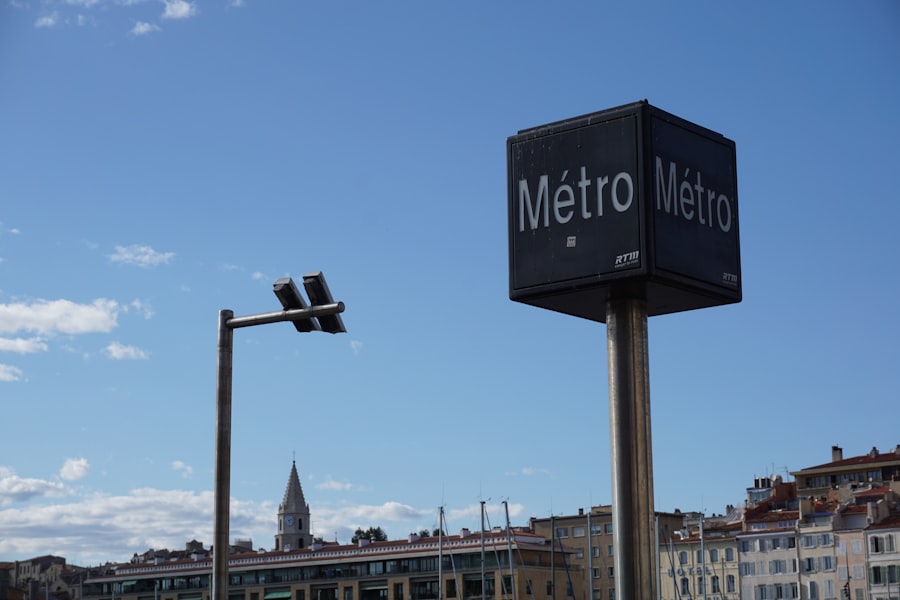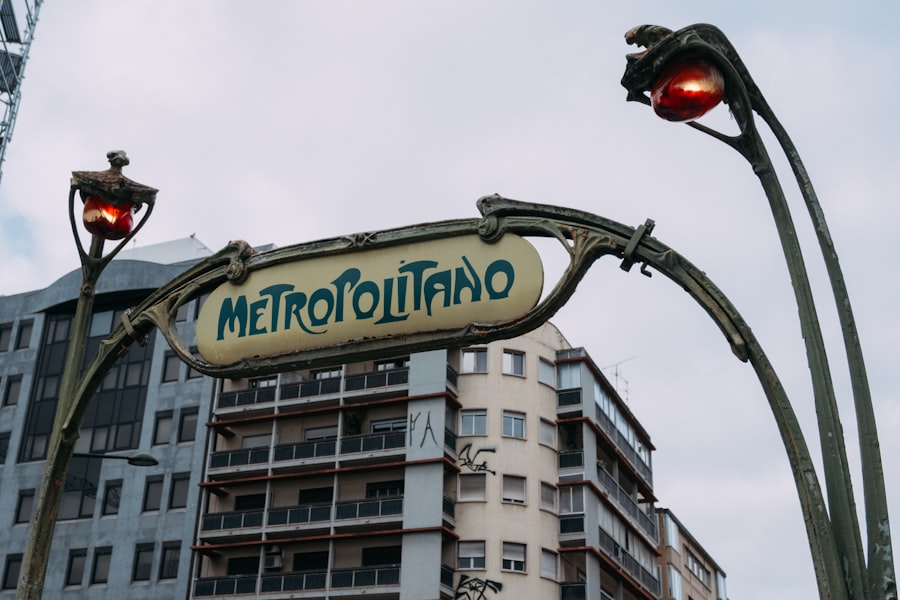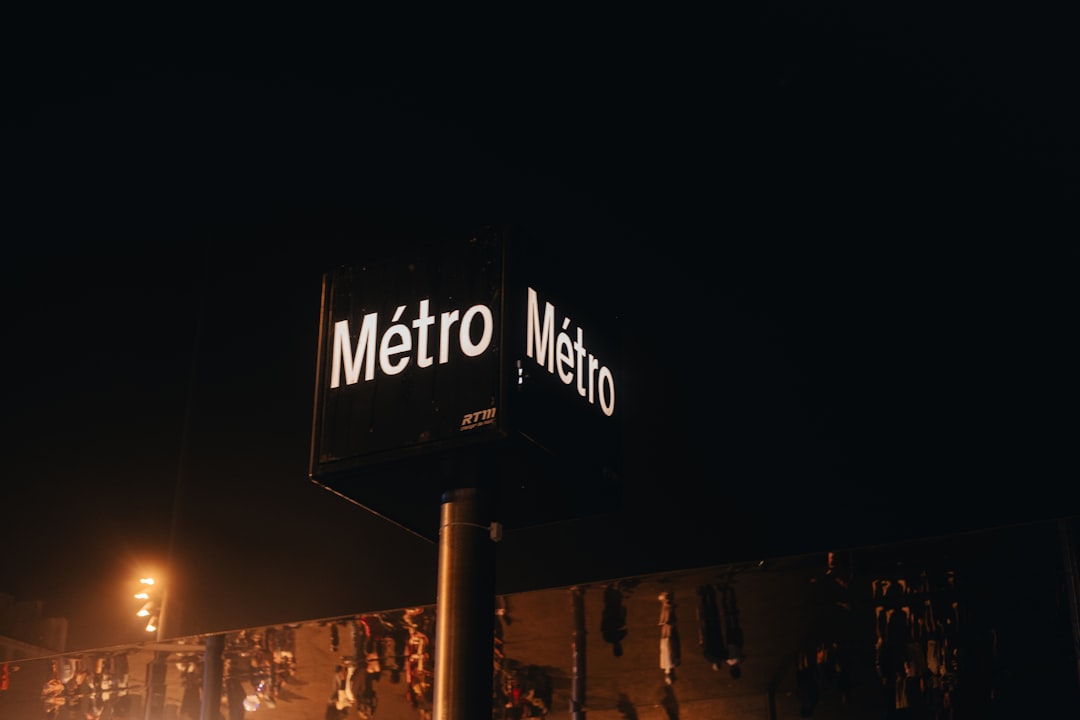The MetroCard is an iconic symbol of New York City’s public transportation system, serving as a lifeline for millions of commuters and tourists alike. Introduced in 1994, this plastic card has revolutionized the way people navigate the bustling streets and subway lines of the city. With its simple swipe mechanism, the MetroCard allows users to access the extensive network of subways and buses, making it an essential tool for anyone looking to traverse the urban landscape efficiently.
Over the years, the MetroCard has evolved, adapting to the changing needs of its users while maintaining its core function of providing convenient access to public transit. As a versatile payment option, the MetroCard caters to a diverse range of riders, from daily commuters to occasional visitors. It offers various payment plans, including single rides and unlimited ride options, allowing users to choose what best fits their travel habits.
The card can be reloaded with funds at numerous vending machines and stations throughout the city, ensuring that it remains a practical choice for those on the go. However, understanding the intricacies of the MetroCard system is crucial for maximizing its benefits and minimizing costs.
Key Takeaways
- The MetroCard is a convenient and widely used payment option for public transportation in New York City.
- A single ride on the MetroCard costs .75, with an additional fee for a new card.
- Unlimited ride options include a 7-day pass for and a 30-day pass for 7.
- Hidden fees and charges may include a fee for each new card, as well as a fee for each new purchase or refill.
- Discounts and special offers are available for seniors, people with disabilities, and students, as well as for purchasing multiple rides at once.
The Cost of a Single Ride
The cost of a single ride on the subway or bus in New York City is a fundamental aspect of the MetroCard system. As of October 2023, a single ride costs $2.90, a price that reflects the ongoing adjustments made by the Metropolitan Transportation Authority (MTA) to keep pace with inflation and operational costs. This fare structure is designed to provide an affordable means of transportation for residents and visitors alike, but it also raises questions about accessibility and equity within the transit system.
For many, especially those who rely on public transportation for their daily commutes, even a slight increase in fare can have significant implications for their budgets. Moreover, the single ride fare is not just a straightforward transaction; it encompasses various factors that can influence a rider’s experience. For instance, riders must consider the convenience of purchasing a MetroCard versus paying cash, as cash payments are no longer accepted on subway turnstiles.
This shift towards a cashless system has made it essential for users to familiarize themselves with the MetroCard’s functionalities and benefits. Additionally, riders should be aware that purchasing a single ride does not allow for transfers between subway lines or buses without incurring additional charges, which can further complicate travel plans.
The Price of Unlimited Rides

For those who frequently use public transportation, opting for an unlimited ride MetroCard can be a cost-effective choice. The MTA offers two primary unlimited ride options: a 7-day unlimited pass priced at $33 and a 30-day unlimited pass available for $127. These passes allow riders to take an unlimited number of subway and local bus rides within their respective time frames, making them particularly appealing for commuters who rely on public transit daily.
The convenience of having unlimited access can significantly enhance the commuting experience, allowing users to travel without the constant worry of accumulating costs.
For instance, if a rider takes more than 12 trips within a week, the 7-day unlimited pass becomes more economical than purchasing individual rides.
Similarly, for those who commute daily or engage in frequent travel across the city, the 30-day pass can offer substantial savings. Understanding these dynamics is crucial for riders looking to make informed decisions about their transportation expenses.
Hidden Fees and Charges
| Fee Type | Frequency | Amount |
|---|---|---|
| Account Maintenance Fee | Monthly | 10 |
| ATM Withdrawal Fee | Per transaction | 3 |
| Overdraft Fee | Per occurrence | 35 |
Despite its apparent simplicity, using a MetroCard can come with hidden fees and charges that may catch users off guard. One such fee is the initial cost of purchasing a new MetroCard, which typically includes a non-refundable $1 fee. This charge can be particularly frustrating for occasional riders who may only need to use public transportation sporadically.
Additionally, when reloading funds onto a MetroCard at certain locations or through specific payment methods, users may encounter service fees that can add up over time. Another aspect to consider is the expiration policy associated with MetroCards. While funds on a MetroCard do not expire as long as they are used within 12 months, any unused balance will be forfeited if the card is not reloaded within that timeframe.
This policy can lead to unexpected losses for infrequent riders who may not realize their balance has become void due to inactivity. Furthermore, riders should be aware that if they accidentally swipe their card at an incorrect turnstile or bus stop, they may incur additional charges without receiving any service in return. These hidden fees can significantly impact overall commuting costs if not carefully monitored.
Discounts and Special Offers
The MTA recognizes that not all riders have the same financial capabilities and has implemented various discounts and special offers to make public transportation more accessible. For students, seniors, and individuals with disabilities, discounted fares are available that can significantly reduce commuting costs. For example, seniors aged 65 and older can obtain reduced fares on both single rides and unlimited passes, making it easier for them to navigate the city without financial strain.
Additionally, special offers may arise during specific events or seasons that encourage public transit use. For instance, during major city events or holidays, the MTA sometimes provides promotional fares or incentives aimed at increasing ridership while alleviating congestion in popular areas. These discounts not only help individuals save money but also promote sustainable transportation practices by encouraging more people to utilize public transit instead of driving.
Comparing Different Payment Options

When it comes to navigating New York City’s public transportation system, understanding the various payment options available is essential for making informed choices. In addition to traditional MetroCards, riders now have access to contactless payment methods such as OMNY (One Metro New York), which allows users to tap their smartphones or contactless credit/debit cards at turnstiles and bus fare boxes. This modern payment option offers convenience and speed, eliminating the need for physical cards altogether.
However, while OMNY provides an innovative alternative, it is crucial for riders to weigh the pros and cons of each payment method. For instance, while using OMNY eliminates the need for reloading funds onto a MetroCard, it may not offer the same discounts available through traditional fare structures. Additionally, some riders may prefer the tactile experience of using a physical card or may find it easier to manage their transportation budget with a reloadable MetroCard.
Ultimately, understanding these differences can help riders choose the payment option that best aligns with their commuting habits and financial goals.
The Impact of Fare Increases
Fare increases are an inevitable aspect of public transportation systems worldwide, and New York City’s MTA is no exception. Over recent years, fare hikes have sparked debates among commuters regarding affordability and accessibility in public transit. Each increase often leads to discussions about how these changes disproportionately affect low-income individuals who rely heavily on public transportation for their daily commutes.
As fares rise, many riders find themselves grappling with difficult choices about how to allocate their limited budgets. Moreover, fare increases can have broader implications for ridership levels and overall satisfaction with public transit services. As costs rise, some individuals may opt for alternative modes of transportation such as biking or ridesharing services, which could lead to decreased revenue for the MTA in the long run.
This cycle creates challenges for maintaining and improving transit infrastructure while ensuring that services remain accessible to all residents of New York City.
The True Cost of Commuting
Understanding the true cost of commuting extends beyond just fare prices; it encompasses various factors that contribute to an individual’s overall transportation expenses. For many New Yorkers, commuting involves not only direct costs associated with purchasing MetroCards but also indirect expenses such as time lost in transit and potential impacts on work-life balance. Long commutes can lead to increased stress levels and reduced productivity, ultimately affecting quality of life.
Additionally, riders must consider other associated costs such as parking fees if they choose to drive part-time or occasional expenses related to maintenance and fuel if they own a vehicle.
Understanding the Value of a MetroCard
The value of a MetroCard extends beyond its monetary cost; it represents access to one of the most extensive public transportation networks in the world. For many residents and visitors alike, having a MetroCard means freedom—the ability to explore different neighborhoods, attend events across town, or simply commute to work without being tethered to a car or parking constraints. This accessibility fosters community engagement and economic activity throughout New York City.
Moreover, using public transportation contributes positively to environmental sustainability by reducing traffic congestion and lowering carbon emissions associated with personal vehicle use. By choosing to utilize a MetroCard instead of driving, individuals play a role in promoting greener practices within urban settings while also benefiting from reduced stress associated with navigating busy streets.
Tips for Saving Money on MetroCard Expenses
For those looking to maximize their savings while using a MetroCard, several strategies can help reduce overall expenses associated with commuting in New York City. First and foremost, individuals should assess their travel patterns carefully; understanding how often they use public transportation can guide decisions about whether single rides or unlimited passes are more economical options. Additionally, taking advantage of discounts available for students or seniors can lead to significant savings over time.
Riders should also consider reloading their cards at locations that do not charge service fees whenever possible—this small change can add up over multiple transactions. Lastly, staying informed about any promotional offers or seasonal discounts provided by the MTA can further enhance savings opportunities.
Making Informed Decisions about MetroCard Usage
In conclusion, navigating New York City’s public transportation system through the use of a MetroCard requires careful consideration of various factors including fare structures, payment options, hidden fees, and discounts available for different demographics. By understanding these elements comprehensively—alongside recognizing how fare increases impact overall commuting costs—riders can make informed decisions that align with their financial goals while maximizing convenience. Ultimately, embracing public transportation through tools like the MetroCard not only enhances individual mobility but also contributes positively towards creating sustainable urban environments where communities thrive together amidst bustling city life.
In exploring the financial implications of public transportation, “The Real Cost of a MetroCard” delves into the hidden expenses and economic impact of commuting in urban environments. A related article that complements this discussion can be found on MyGeoQuest, which provides insights into geographical and economic factors affecting urban transit systems. For further reading, you can visit the article by clicking on this link. This resource offers a broader perspective on how transportation costs influence city living and the daily lives of commuters.
WATCH THIS! The Real Cost of NYC Living: Your Wallet, Sanity, and Subway Survival Skills
FAQs
What is a MetroCard?
A MetroCard is a plastic card used to pay for subway and bus rides in New York City. It can be loaded with money or a specific number of rides.
How much does a MetroCard cost?
The cost of a MetroCard varies depending on the type and amount of rides or money loaded onto it. There is a $1 fee for purchasing a new MetroCard.
What are the different types of MetroCards available?
There are several types of MetroCards available, including the Pay-Per-Ride MetroCard, Unlimited Ride MetroCard, and Reduced-Fare MetroCard for eligible individuals.
What is the real cost of a MetroCard?
The real cost of a MetroCard depends on the individual’s usage and travel needs. It is important to consider factors such as the frequency of travel, distance, and potential discounts when calculating the actual cost.
Are there any additional fees associated with using a MetroCard?
In addition to the initial $1 fee for purchasing a new MetroCard, there are no additional fees for using the card to pay for subway and bus rides. However, there may be fees for transferring between certain subway lines or for purchasing certain types of MetroCards.
